8 Signs That A Pest Infestation Has Returned
8 Signs That A Pest Infestation Has Returned
There is truly no relief quite like finally having that pest problem resolved. Whether a DIY method actually worked or a professional company provided their tested treatments, the end of a pest invasion is an exciting experience that is only understood by anyone who has had this problem (which is essentially everyone). But once the moment passes and the following days turn into weeks, which stretch into months, there may be a question of whether the pests decided to make a return. There is a major difference between a couple of houseflies occasionally buzzing around the kitchen, and an army of ants steadily marching towards your food storage. Let’s discuss the 8 main pieces of evidence that a new pest problem has arrived and needs to be professionally handled in order to kick these critters out for good.
Droppings
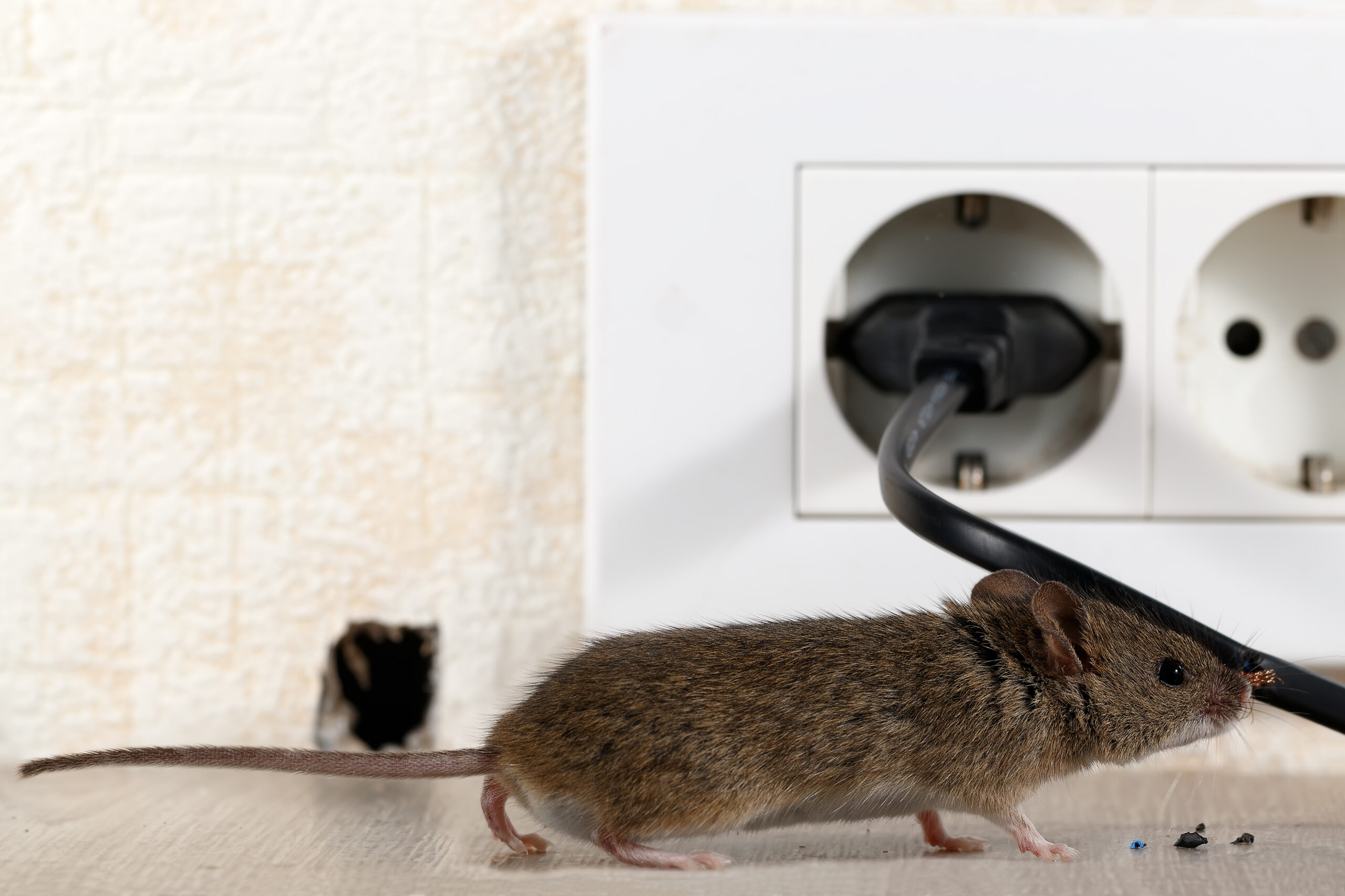
This sign is arguably the most disgusting, but there is no doubt that pests are around when you find droppings in your home. Of course, the appearance of the droppings completely depends on the species and health of the pests. Rodent droppings are the most obvious because of their size and abundance. Rats and mice mark their territory wherever they travel to both defend their home from predators and find their way back to the nest. These scavengers are constantly searching for food, so any droppings that are found are not necessarily right in front of their nest. Insect feces is much smaller and difficult to see, but their discarded shells or skins still provide a clear sign that they are in the area. Termite droppings, also called frass, are perhaps the most inconspicuous insect feces. They look like sawdust and are piled up in mounds right outside of their wooden tunnels. If you continue finding more droppings after you removed the previous ones, it is evidence of current pests nesting nearby.
Strange Sounds
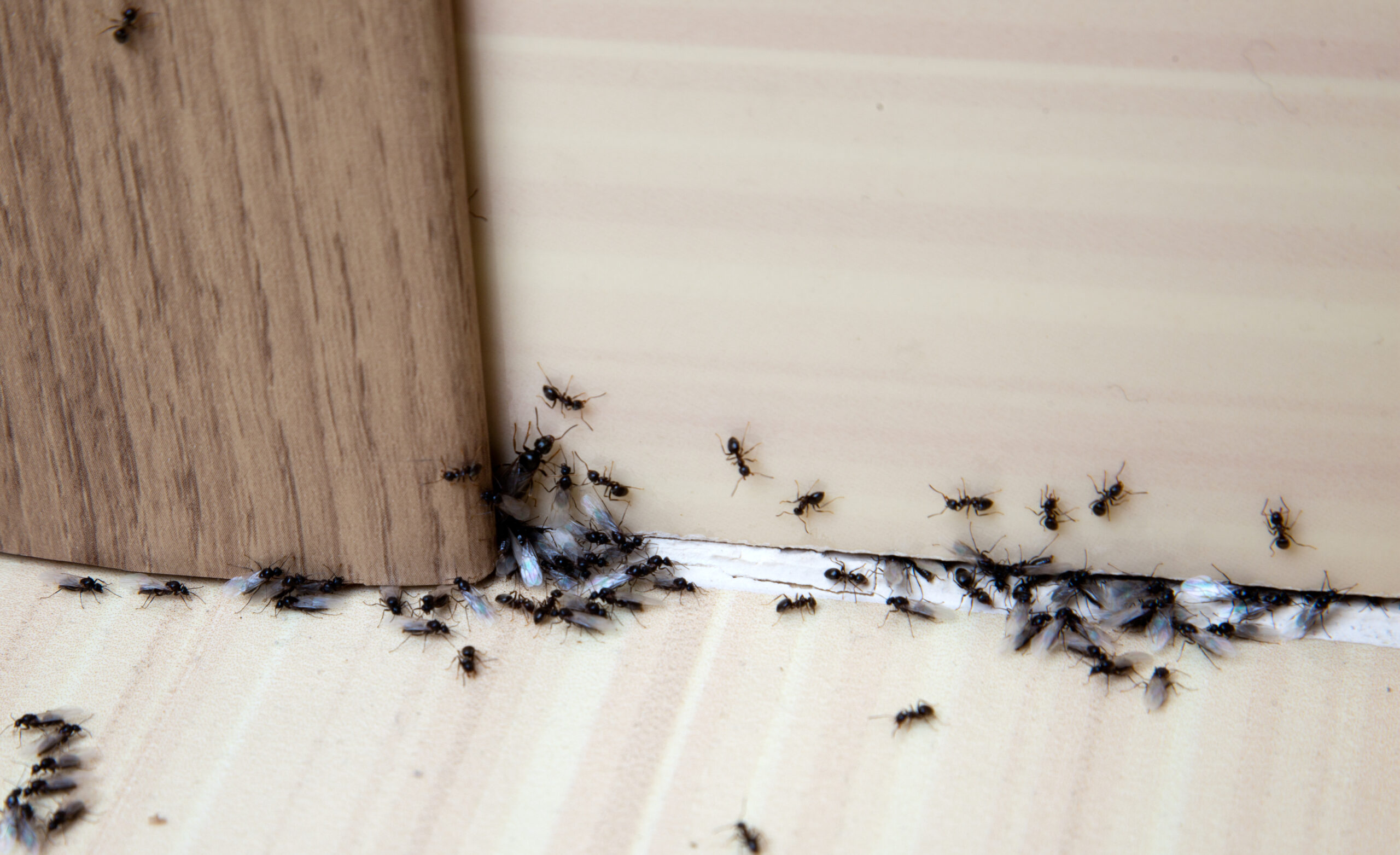
The things that go bump in the night may not just be your mind playing tricks on you. Pests are not a quiet bunch, especially when they’re in larger groups. While any species can make sound throughout the day, nocturnal pests are often discovered by their noisiness because the house and its residents are typically quieter at this time. Rodents and cockroaches are the most common of this group. With mice and rats, a lot of scampering and squeaking sounds are likely to be heard at night. Roaches aren’t silent either, as they scurry around and occasionally hiss, depending on the species. These types of sounds are heightened when the pests are within the walls because it does little to muffle the sounds. Nocturnal pests feel safest to work at night, so they busy themselves with finding food and building their nests. Wood-boring pests are another noisy species, but they work around the clock. The larger colonies of eusocial insects, like termites and carpenter ants, are often the noisiest because there are so many of them gnawing their way through the wood to carve their intricate tunnels.
New Plant Damage
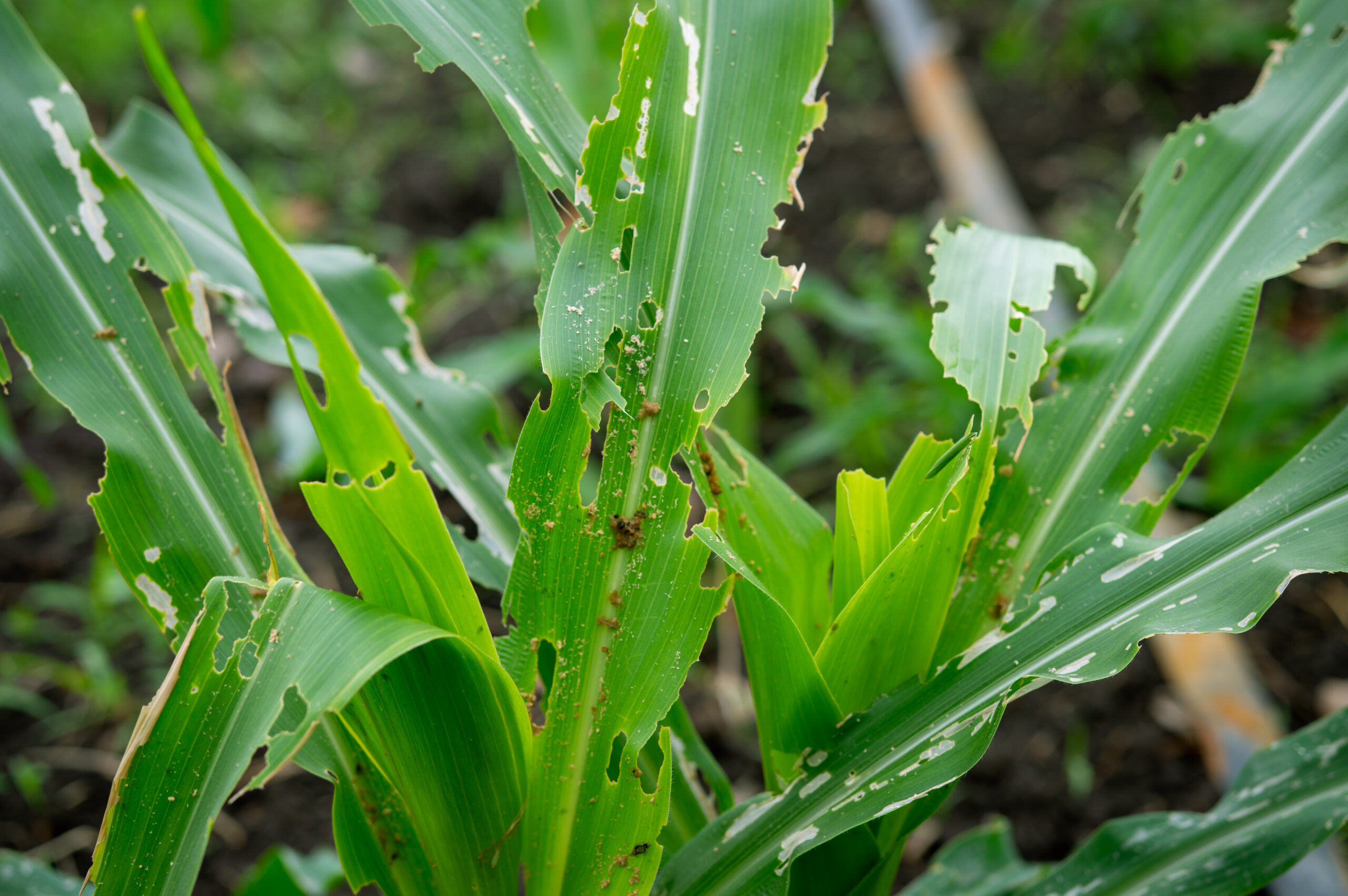
Since the majority of a homeowner’s plants are outdoors, it is inevitable that they will take some damage throughout the year. Between adverse weather and backyard critters setting up shop, it’s no wonder why some plants look a little worse for wear. But if you suddenly notice some of your greenery has a bunch of holes and jagged edges one day, it’s almost always the work of pests. The most common signs of pests in the yard include gnawed leaf edges, dead patches in the lawn, jagged holes in leaves or fruit, irregular grass length, less flowering, and the sudden yellowing and loss of leaves. Although most garden pests are harmless to humans, it is still frustrating to watch your plants gradually become unhealthy after the pest problem was believed to be eradicated. The pests that are frequently behind this damage include beetles, aphids, crickets, and grasshoppers. Many garden pests are experts at hiding, so it may take a closer examination of the leaves and soil to find the ones behind this damage.
More Insects Than Usual
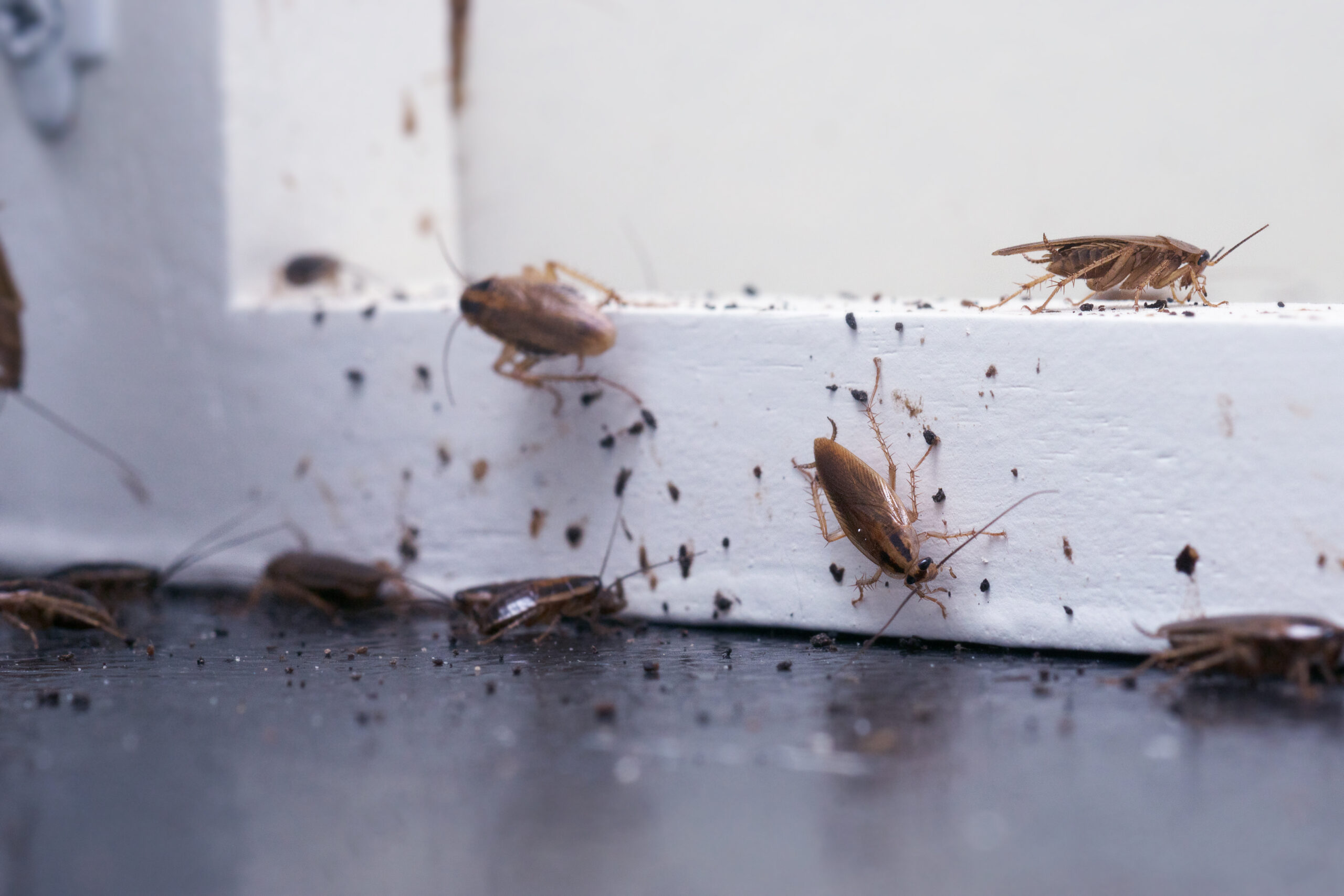
One small, flying insect in the house is usually nothing to be worried about. But if you find multiple insects in the same area, it could be a problem. Assuming the doors and windows are kept closed when not in use, the only way this many pests could have entered is through an entry point in the exterior of the home. This is especially true in certain rooms, like the kitchen or bathroom, as these are popular spaces with pests that are able to use their resourcefulness to invade. When there are multiple insects of the same species indoors, that is definitely a pest invasion. Most common pests will not travel far from their nests, so there’s a good chance that they are living somewhere nearby if you find a group of insects congregating in your home. And if there are some dead insects in the same area, it could mean that the pests were not completely eliminated before.
Multiple Dead Insects
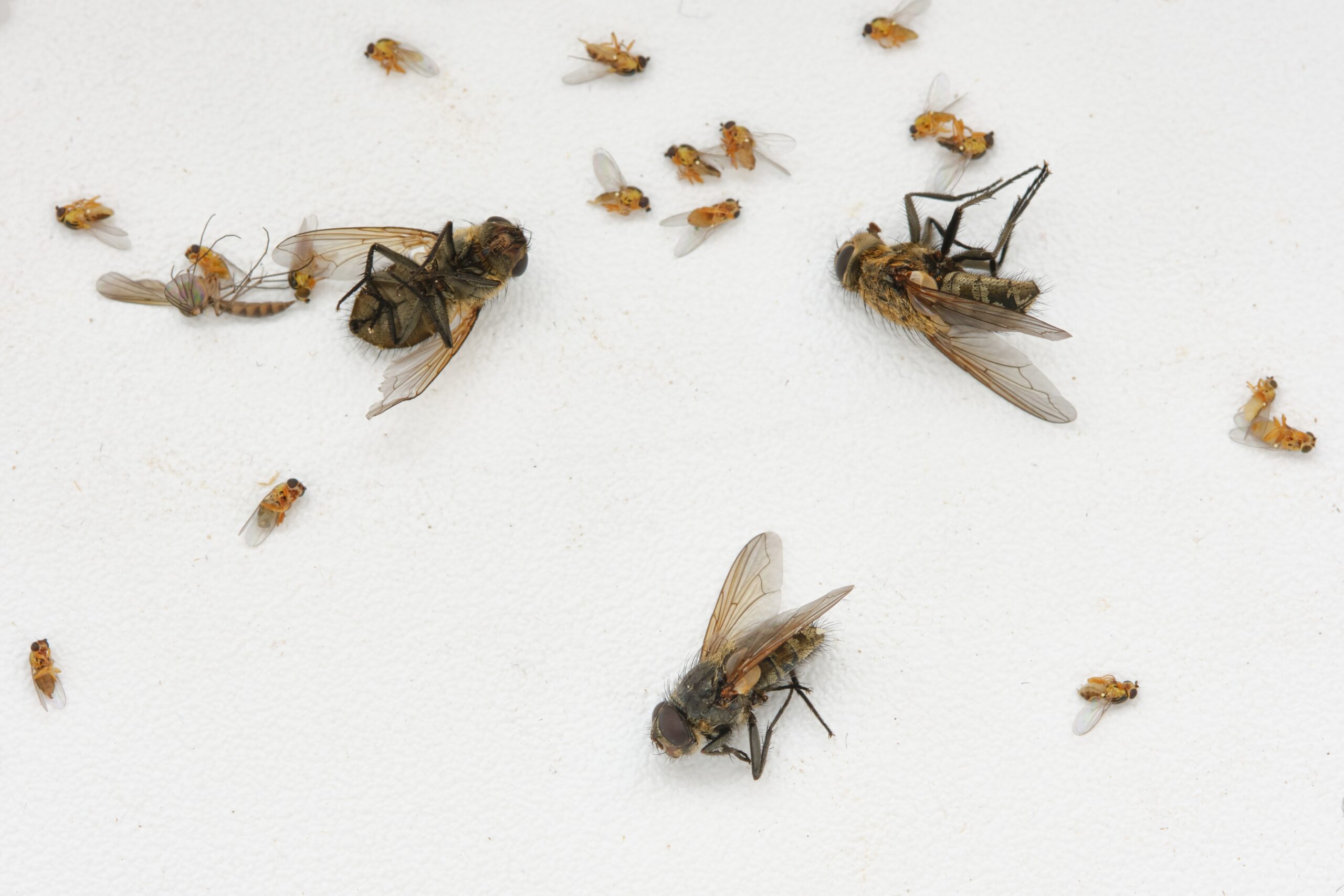
Speaking of finding dead insects, the number of these crusty bugs can correlate with the scale of the pest problem. For example, the discovery of ten dead cockroaches in one corner of the laundry room is not a coincidence. The more deceased insects in one spot, the more likely it is that either a new pest invasion is taking place or the previous one was not fully eliminated. The location of these dried-up bugs could actually provide a helpful clue as to the location of their nest. If there are multiple dead carpenter ants right next to a wall, it is worth having a pest control technician inspect this area to see if their nest is actually there. A common final resting place for insects is the window sill or window ledge. This is because the pests are trying to return to the outdoors and are drawn in by the natural light. Flying insects are more likely to be found here, given their special ability, which is why cleaning those small gnats off the window sill is a common chore every spring and summer.
Fabric Damage
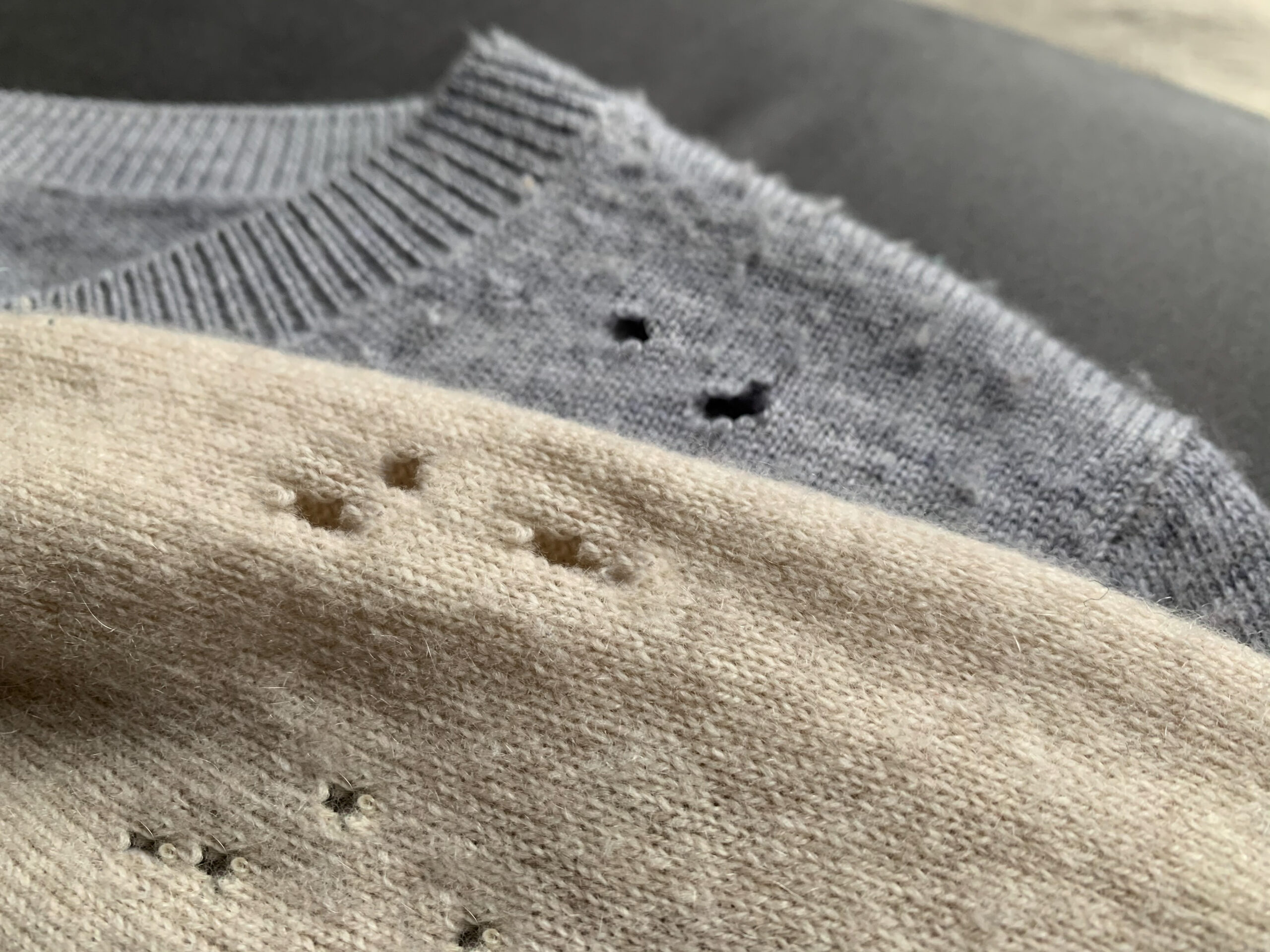
There is a major difference between the normal wear and tear of clothing, and the overnight appearance of multiple tiny holes in your favorite sweaters. There are many invasive pests that enjoy munching on fabrics and fibrous materials, especially if they come from an organic source. These pests like carpets, rugs, blankets, furniture, and clothing, especially if the clothing is undisturbed and kept in the closet. The usual suspects of fabric damage are carpet beetles, crickets, clothes moths, and rodents. The evidence of their presence is all in the damage they do to the fabrics. This includes gnawed edges, tiny holes close together, and dark spots. Some of the insects like to lay their eggs on these materials in order to give their hatchlings an immediate food source. This fact is a prime example of why solving a pest problem sooner than later is the best option, as it takes more time to eliminate multiple generations of pests than the original adult insects.
Mystery Smells
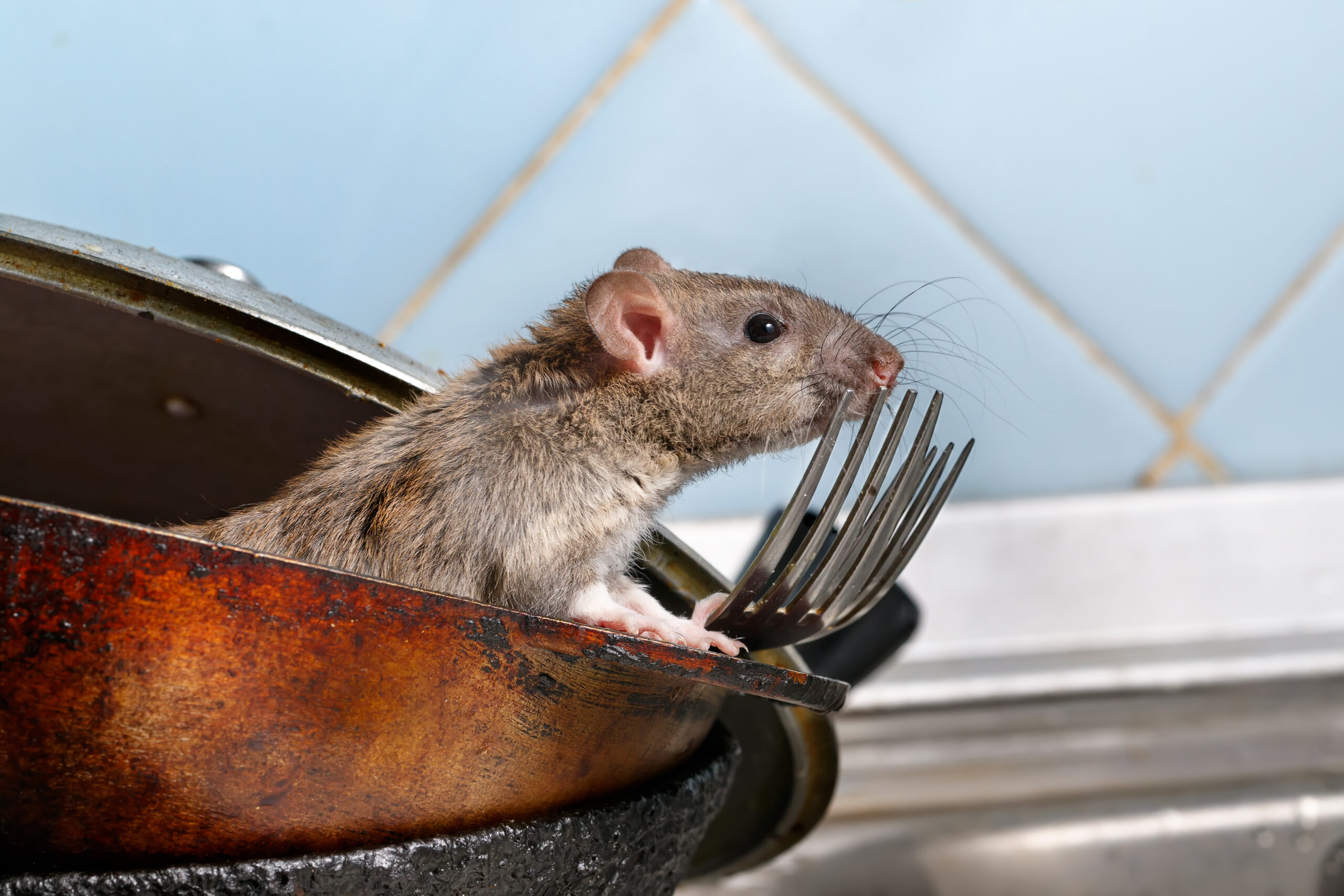
Pests are dirty, contaminated creatures, so it’s no wonder that they can be accompanied by unpleasant smells. Rats and mice are the smelliest pests, not just because of their size, but because of their excrements and past environments. Their urine can smell in large quantities, and the rodents themselves smell musty from living in hidden wall voids and tunnels. The smell will be strongest around their nest, but it is possible to smell it in other places as well once the rodents start marking their territory. Cockroaches can also smell strange because they like to live in moist environments, like sewers and basements with a leak. The larger the colony, the stronger the odor, especially once the deceased pests sit out for a while. Another source of the smell could be the food that the pests are enjoying. If scavengers, like ants or roaches, bring some rotten food back to their home and don’t eat all of it, the overripe food can spoil even more and give off an awful smell. If you keep a relatively clean home and suddenly notice a musty, rotten odor that does not go away, it could be coming from some repulsive pests.
Evidence of Nesting
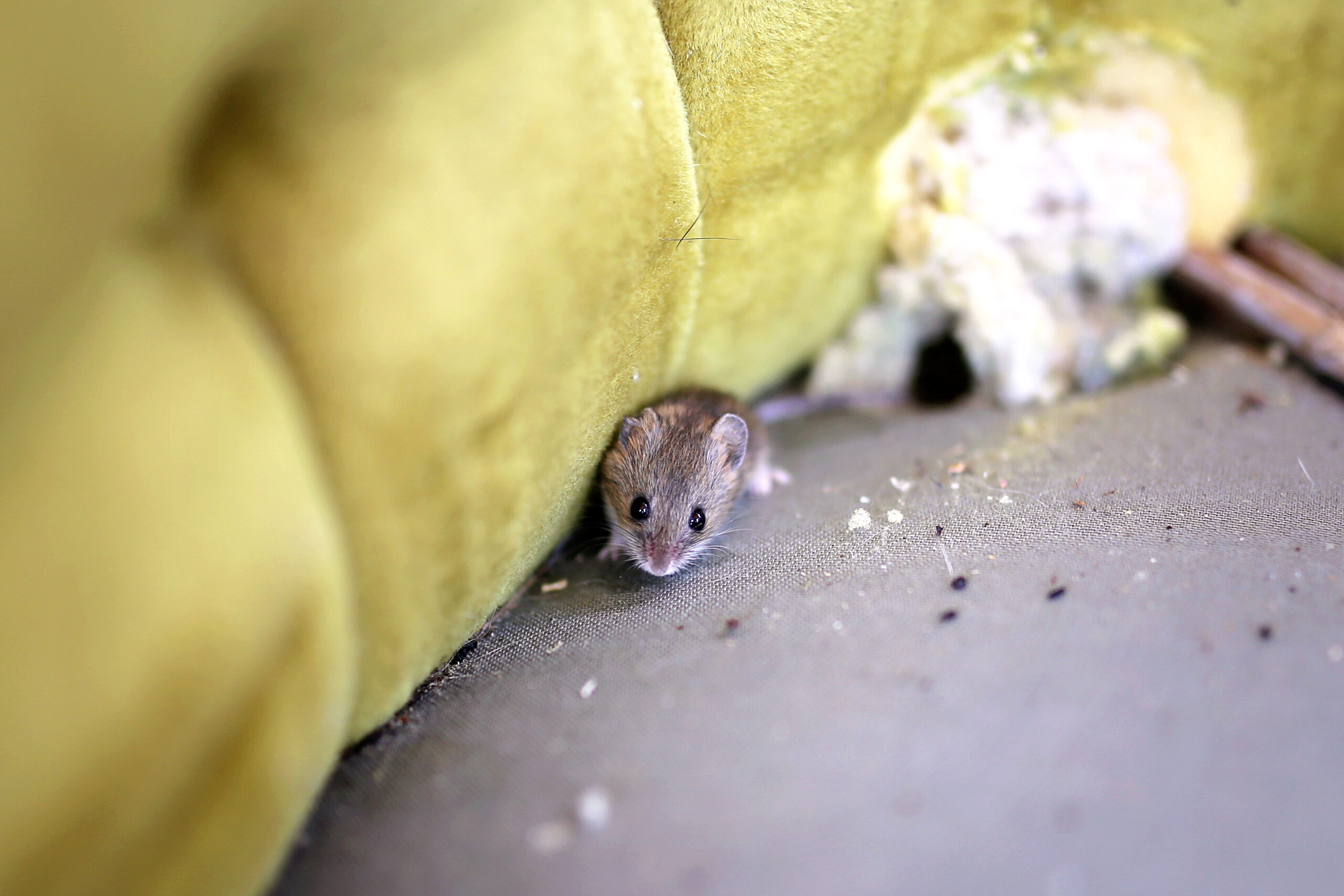
It takes some nerve for pests to establish their cozy shelters within your own home. They definitely don’t waste time with building a nest, as pests of all species will start assembling one as soon as they find the perfect spot. Insects, arachnids, and rodents all like to keep their shelters as hidden as possible for maximum protection. This unfortunately makes it more difficult to completely treat the nest and the pests, especially if they go within the walls. Some of the common signs that pests are nesting indoors include finding bits of insulation or shredded paper, holes in the wall, and seeing pests continuously go to a specific spot in the house. One fact to keep in mind is that this evidence does not necessarily mean that it’s a new problem. The nest could have been built up for months and is only now revealing itself because the pest population has grown so much.
Never Fear, Pointe Pest Control is Here!
If you find any one of these signs, it is a good idea to call in the professionals. This is even more essential if you find multiple signs that pests have invaded your home or business. The sooner that a pest problem is addressed, the better. That being said, our experienced team of technicians are equipped to handle pest infestations in any stage. We strive to solve each pest issue with the utmost efficiency and care, as leaving our clients with a pest-free home is our top priority during every visit. Our technicians craft a customized treatment plan for every client to most accurately solve the specific pest problems at hand. For more information on our environmentally-friendly treatments and thorough inspections, contact our team today!
Request a Free Quote Today
(We do not share your data with anybody, and only use it for its intended purpose)


